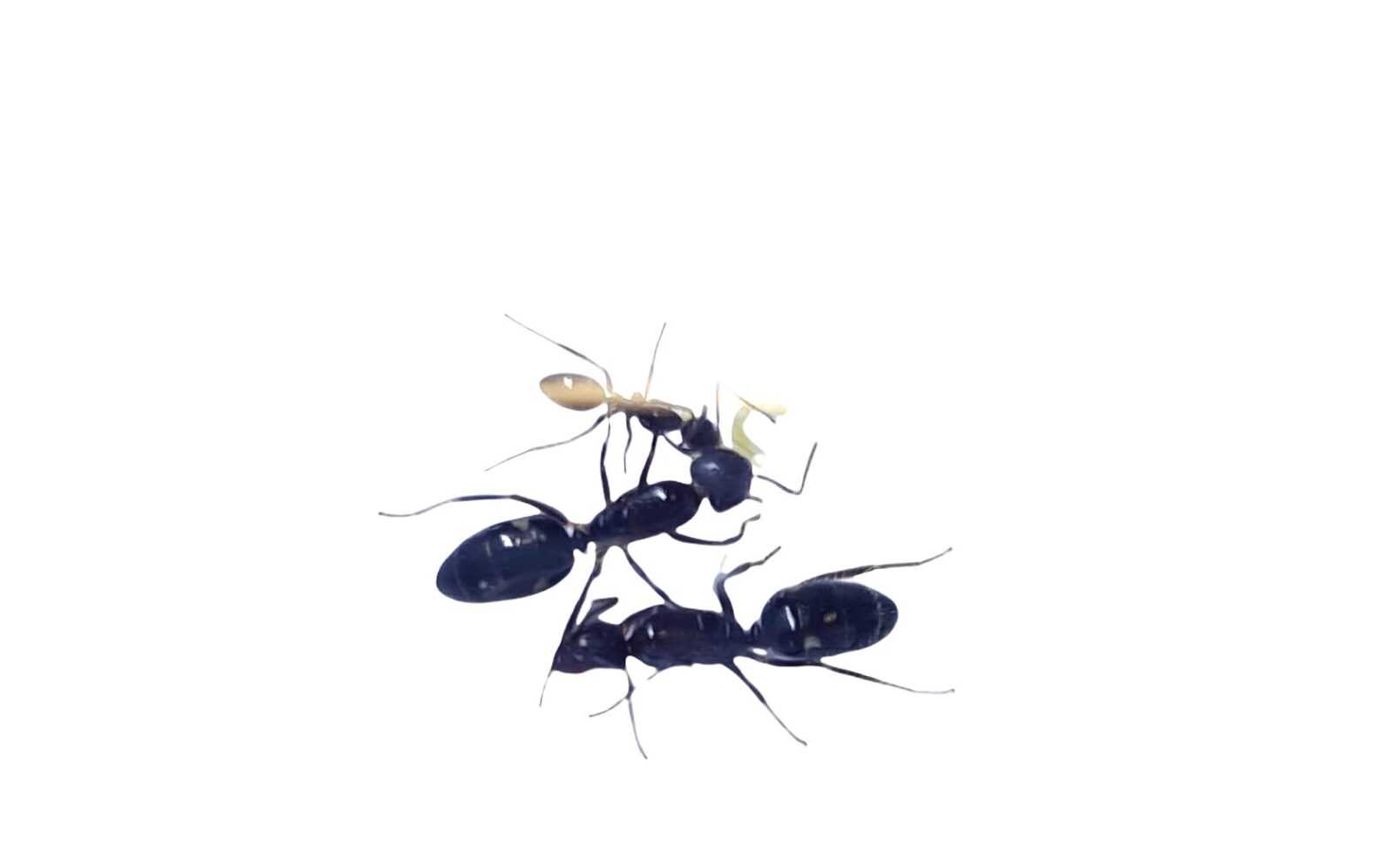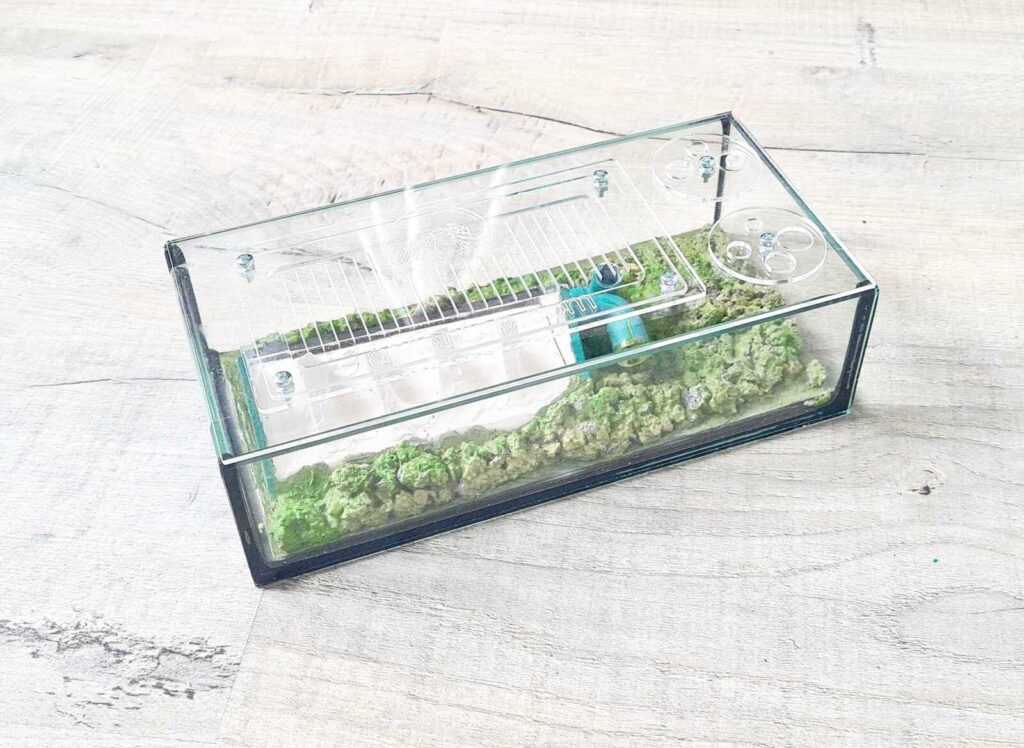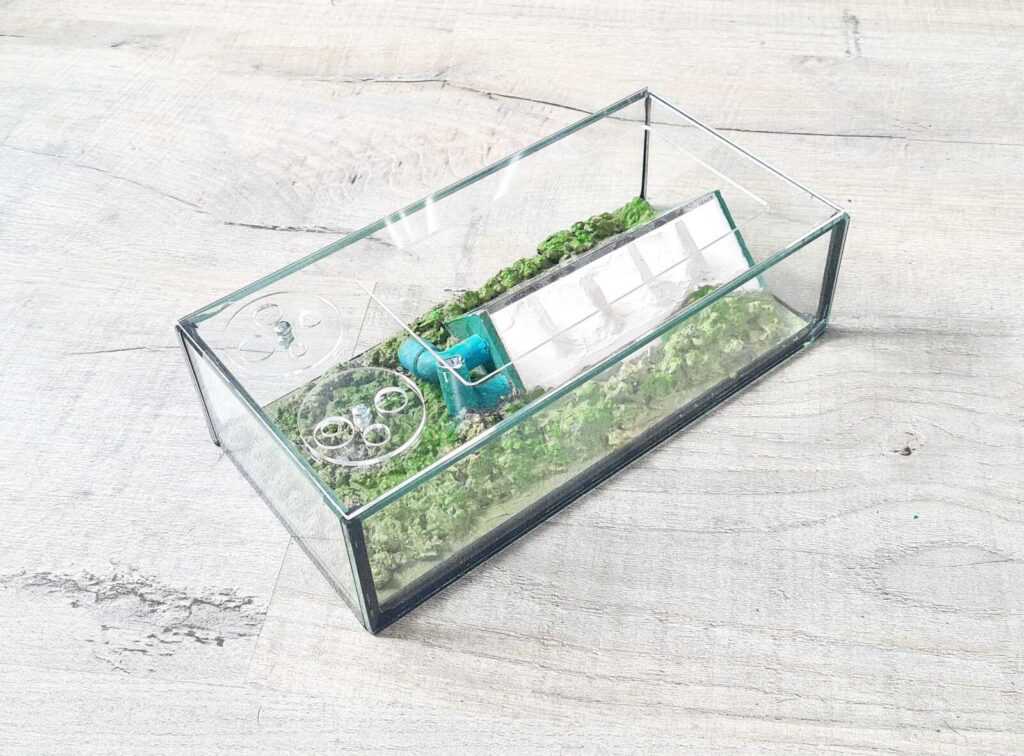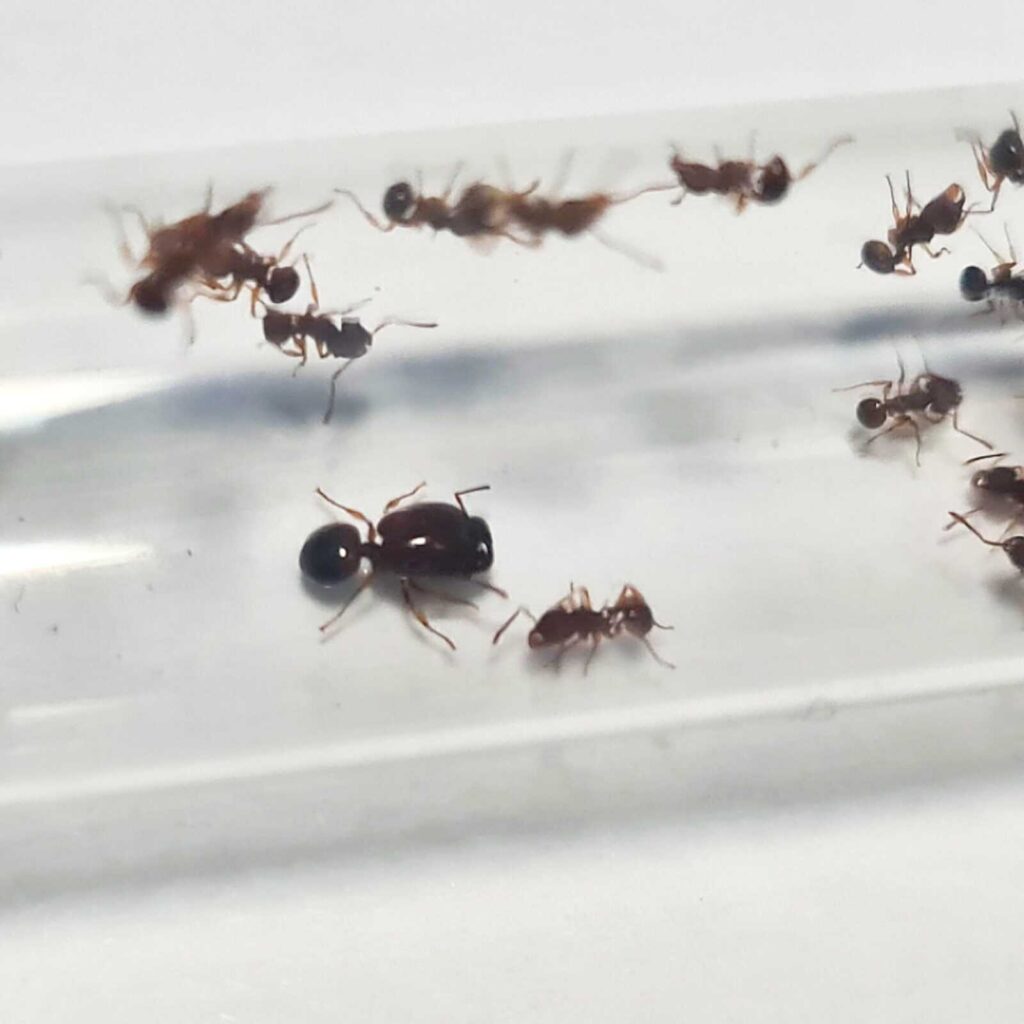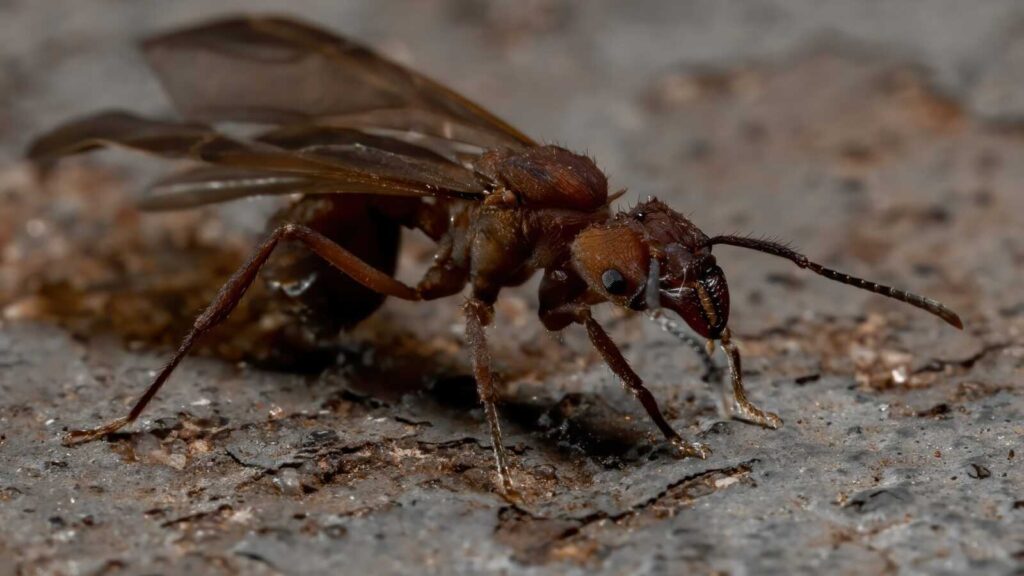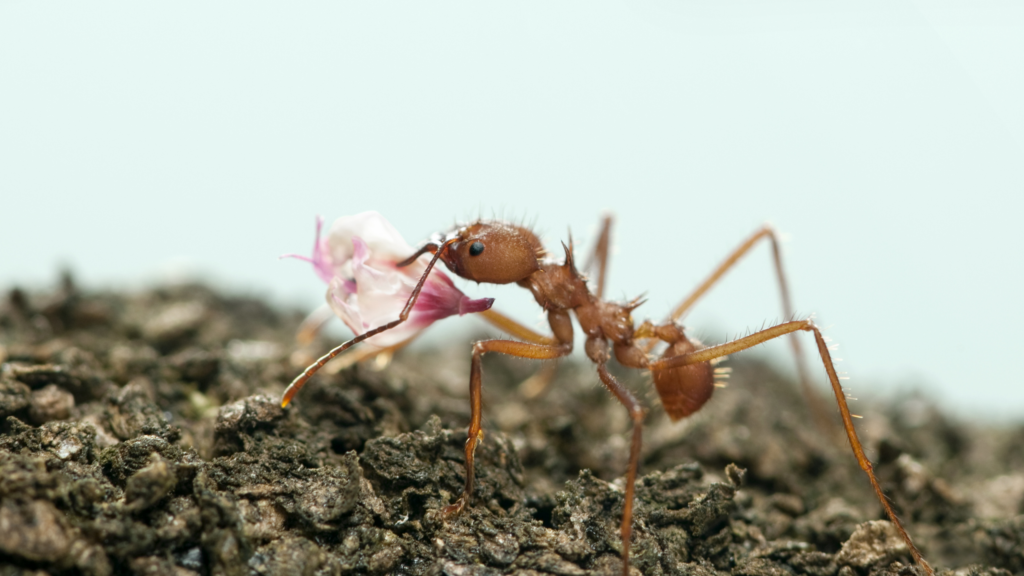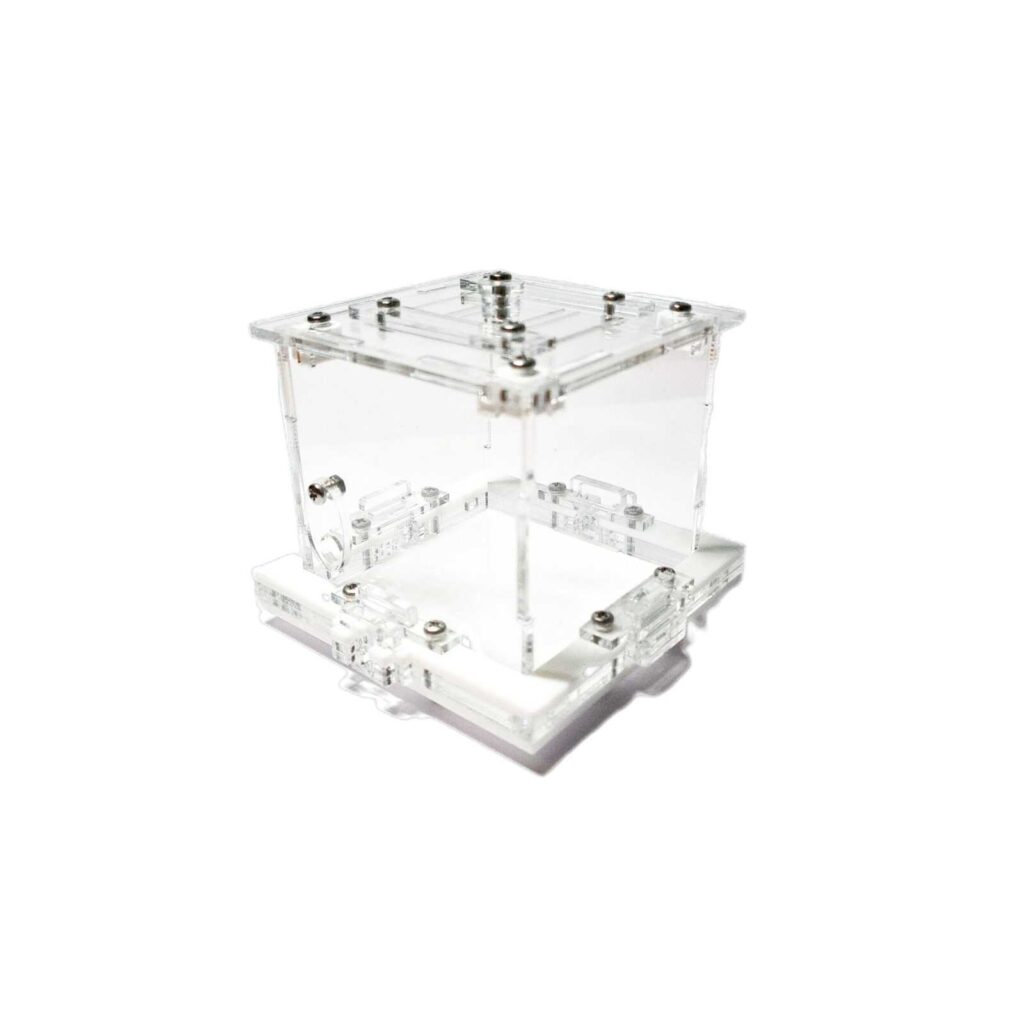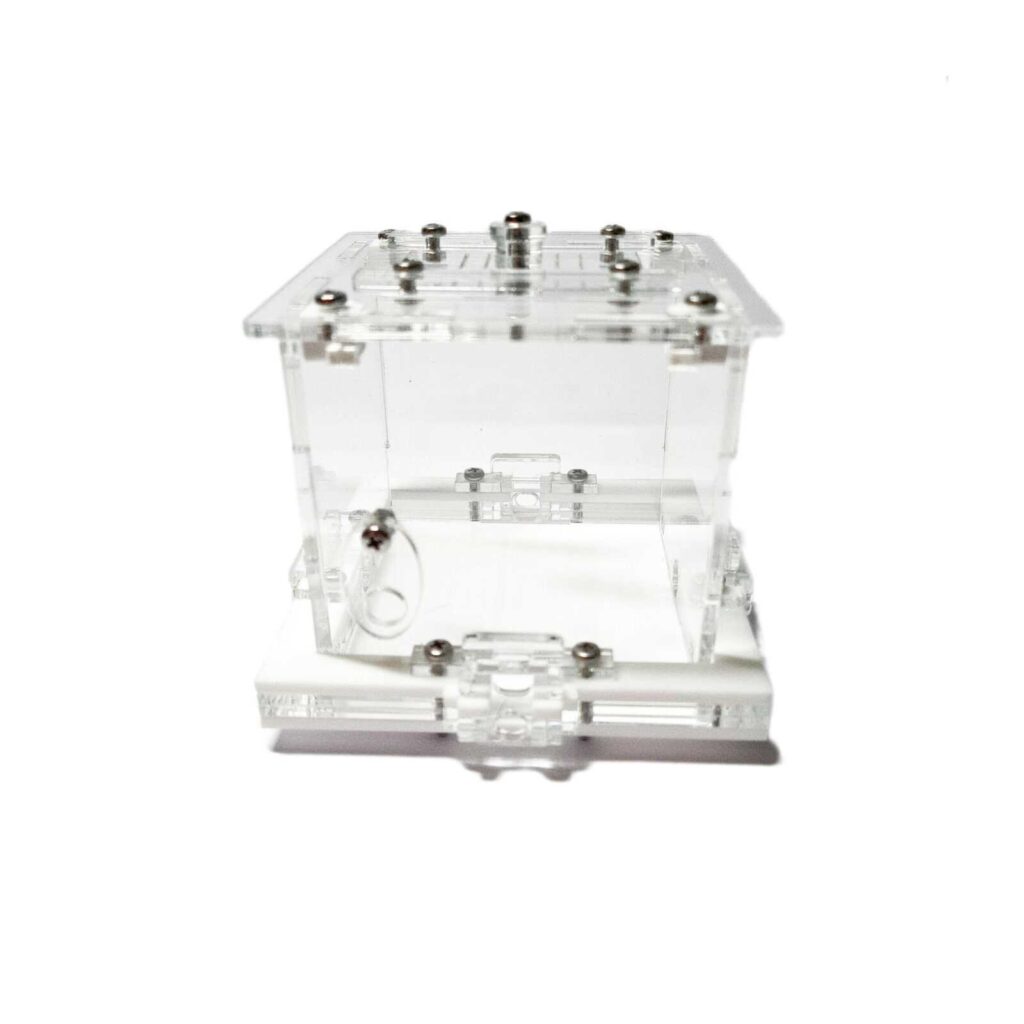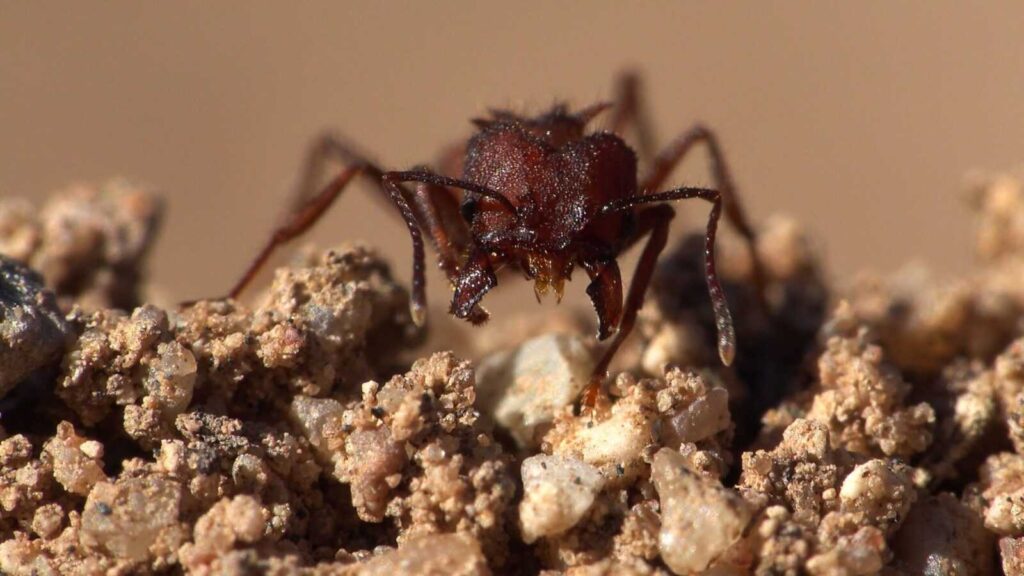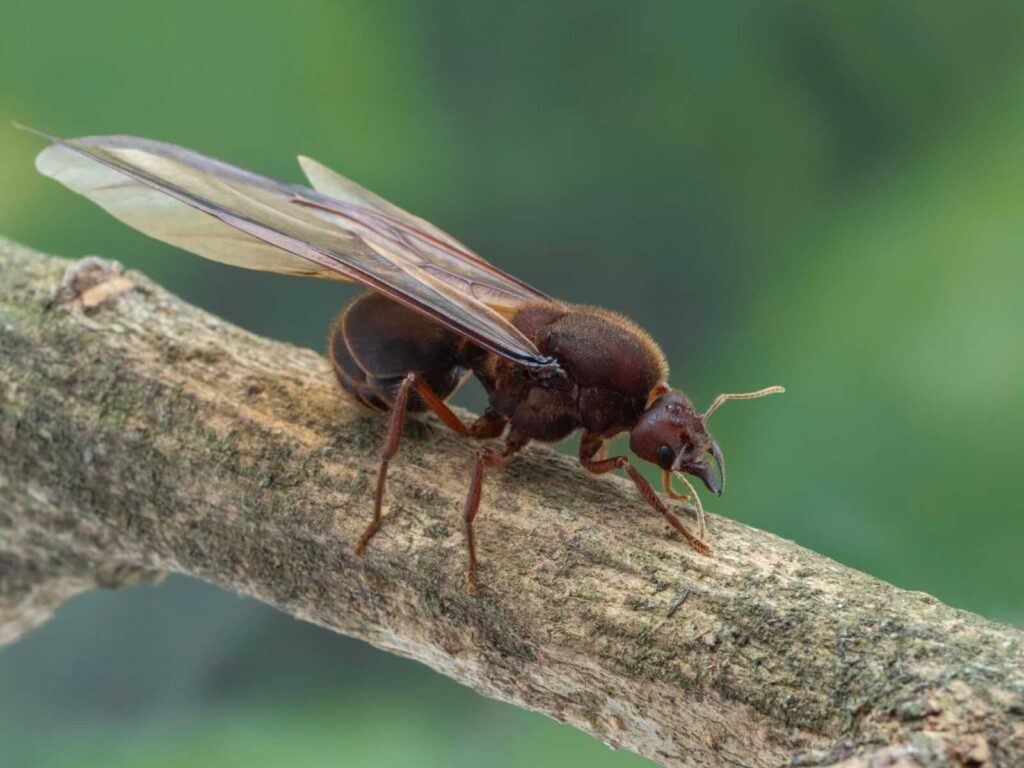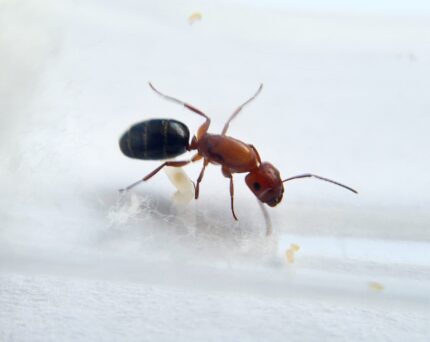

Camponotus sexguttatus
199,90 zł – 449,90 zł
Worldwide shipping
Free delivery over 500 PLN
The highest quality of goods
Live delivery guarantee
24/7 Personal Support
Fair Prices
Description
The Camponotus sexguttatus ant colony is polygynous and can have up to 10,000 workers. They have a medium development rate. The queen is 5-7mm in size, while workers are 4-5.5mm and majors are 4-6mm. They are glossy black with black stains on their abdomen. Their nutrition consists of food insects, syrup, fruit, vegetables, and jel.
Additional information
| Behavior | |
|---|---|
| Difficulty in breeding | |
| Origin | |
| The size of ants | |
| Wintering |
Camponotus sexguttatus: A Fascinating Species of Ants
Discover the captivating world of Camponotus sexguttatus, a species of ants known for their unique characteristics and behaviors. Whether you’re an experienced ant enthusiast or a beginner ant keeper, this detailed product description provides valuable insights into caring for and managing these fascinating creatures.
Colony Type: Polygyny
Colony Size: Up to 10 000 workers
Development Speed: medium
Size
The size of Camponotus sexguttatus ants varies depending on their role within the colony:
- Queen: 5-7 mm
- Workers: 4-5.5 mm
- Majors: 4-6 mm
Camponotus sexguttatus is characterized by glossy black bodies with black stains on the abdomen, making them visually striking in both natural and captive environments.
Nutrition:
Camponotus atriceps ants feed on a varied diet including:
- Food insects (such as cockroaches and crickets) dead, or live if colony is big
- Syrup (a mixture of water and honey or sugar, with a ratio of 4/3 water:1)
- Fruits and vegetables
- Jelly
- Cooked chicken without salt, shrimps
- Honey
Humidity
- Arena: 60-80%.
- Nest: 60-80%.
Temperature
- Arena: 21-30°C.
- Nest: 24-28°C..
Features of the Species
Camponotus sexguttatus exhibits unique characteristics and behaviors:
- Small Ants: Camponotus sexguttatus ants are relatively small, enabling them to navigate intricate spaces with precision.
- Aggressive Defense: They exhibit aggressive behavior when threatened, ensuring the colony’s safety.
Observing these fascinating behaviors adds to the appeal and intrigue of having Camponotus sexguttatus colonies as part of your ant keeping hobby.
Recommended Nests for Breeding
Creating an ideal nesting environment for Camponotus sexguttatus requires suitable materials:
- Acrylic: Acrylic nests provide excellent visibility and allow easy observation of the colony.
- Cork: Cork nests are natural, visually appealing, and offer good insulation properties.
- Plaster: Plaster nests are customizable, durable, and allow for complex tunnel systems.
- Aerated Concrete: Aerated concrete nests offer a lightweight, porous, and solid structure.
Choosing the right nest material is crucial for successful breeding and long-term care of Camponotus sexguttatus colonies.
In conclusion, Camponotus sexguttatus is a captivating species of ants with unique characteristics, behaviors, and requirements. By understanding their colony structure, size, development rate, nutrition, humidity, temperature preferences, and suitable nest materials, ant keepers can provide optimal care for their colonies. Whether you’re a seasoned ant keeper or a beginner enthusiast, this comprehensive product description equips you with the knowledge necessary to embark on a rewarding journey of ant keeping.


